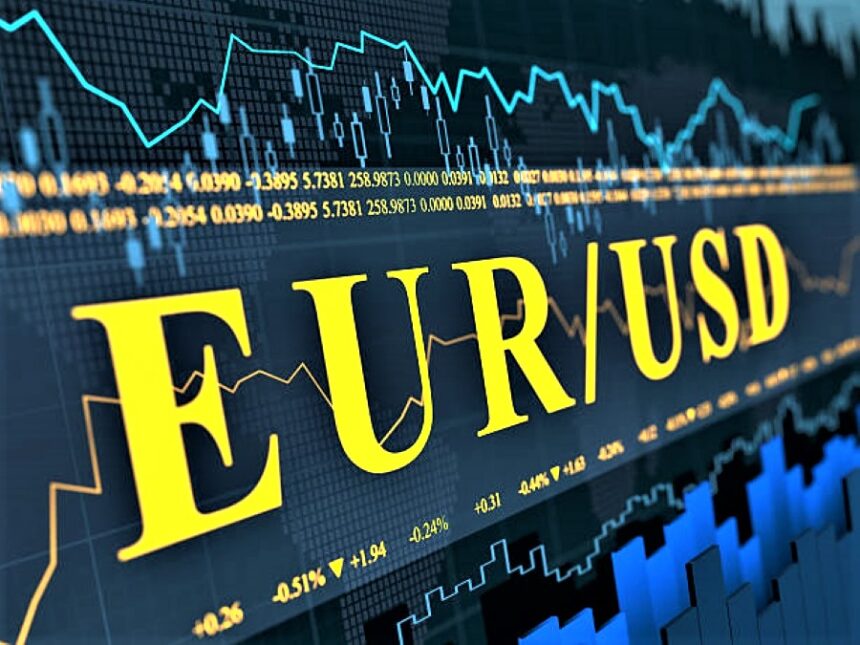EURUSD dips below 1.1100 as Eurozone inflation falls in line with expectations.
EURUSD trades with caution as the US Dollar (USD) consolidates ahead of the July Personal Consumption Expenditure Price Index (PCE). Which will be release at 12:30 GMT. The US Dollar Index (DXY), which analyzes the US dollar’s value against six major currencies, trading just below a new weekly high of 101.58.
Investors await the US inflation figures to gather new clues about the likely monetary policy move by the Federal Reserve (Fed) in its September meeting.
Upwardly revised US Q2 GDP lessens the likelihood that the Fed will choose for a larger rate reduction.
The PCE data projected to reveal that year-over-year core inflation increased. At a slightly quicker rate of 2.7%, up from 2.6% in June, with monthly readings rising consistently by 0.2%.
Currently, financial markets appear to be optimistic that the Fed will begin lowering interest rates in September. However, traders divided on the probable scale of the Fed’s turn to policy normalization.
According to the CME FedWatch tool, 30-day Federal Funds Futures pricing data shows that 33% of traders expect a 50-basis point (bps) interest rate cut in September, while the remainder prefer a 25-bps cut.
The probability of a larger rate drop has decreased marginally after the US Bureau The Bureau of Economic Analysis (BEA) revealed that the second quarter’s economic growth rate was faster than expected. The government said that the economy expanded at a solid 3% annualized rate, compared to preliminary projections of 2.8%.
Daily Market movers: EURUSD stays sideways ahead of US PCE inflation.
EURUSD remains below 1.1100 in Friday’s European session, as the Eurozone’s flash annual Harmonised Index of Consumer Prices (HICP) falls as expected in August. A preliminary HICP data revealed that headline inflation fell to 2.2% from 2.6% in July, owing to decreased energy prices. In the same period, the core HICP—which excludes volatile components including food, energy, alcohol, and tobacco—grew by 2.8%, slower than the former The release rate is 2.9%.
The preliminary inflation data is expected to fuel market speculation about the European Central Bank’s (ECB) September interest rate cuts and, more broadly, the policy easing path for the rest of the year.
Financial market players appear to be convinced that the ECB will drop key borrowing rates again in September. The ECB shifted to policy normalization in June, but interest rates remained steady in August.
Soft German inflation has already bolstered expectations of another ECB interest rate decrease in September.
Market expectations for ECB September rate reduction rose dramatically as data released on Thursday revealed that price pressures in Germany, the Eurozone’s largest economy, returned to 2% for the first time in more than three years. Furthermore, the economy is subject to a technical recession, having declined by 0.1% in the second quarter of this year year, and its economic prognosis is uncertain. Other Eurozone economies, such as France and Spain, experienced strong inflation declines in August.
“Fading inflationary pressure combined with fading growth momentum offers an almost perfect macro backdrop for another rate cut,” wrote Carsten Brzeski, global head of macro at ING, in a note issued on Thursday.
The European Central Bank is also likely to slash interest rates again in the fourth quarter of this year.









